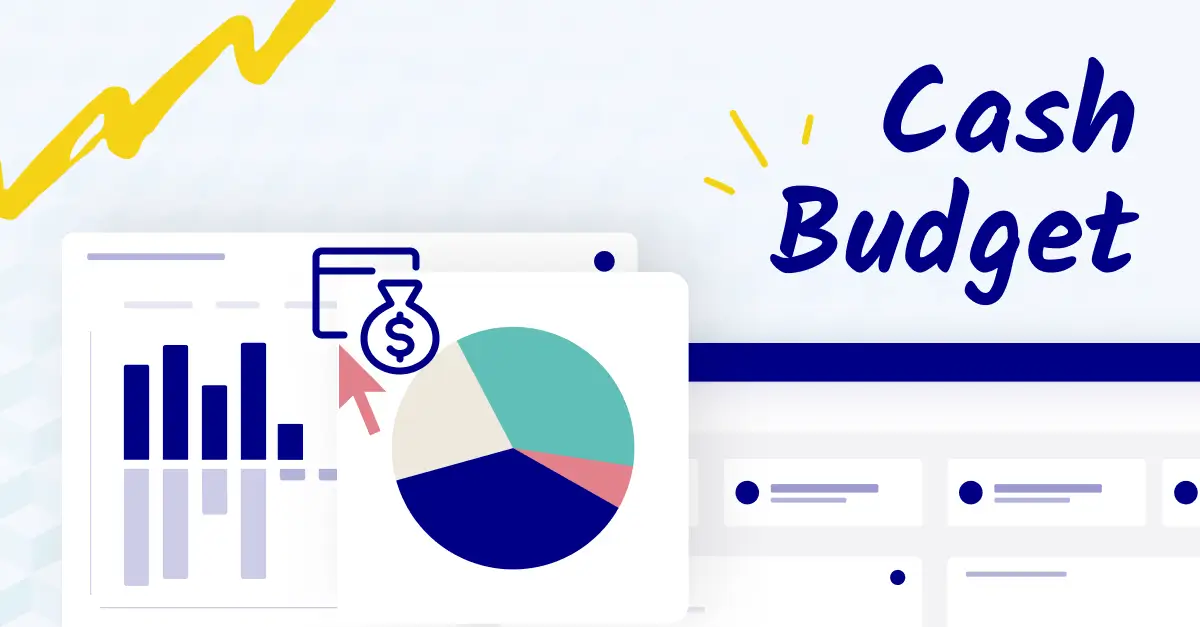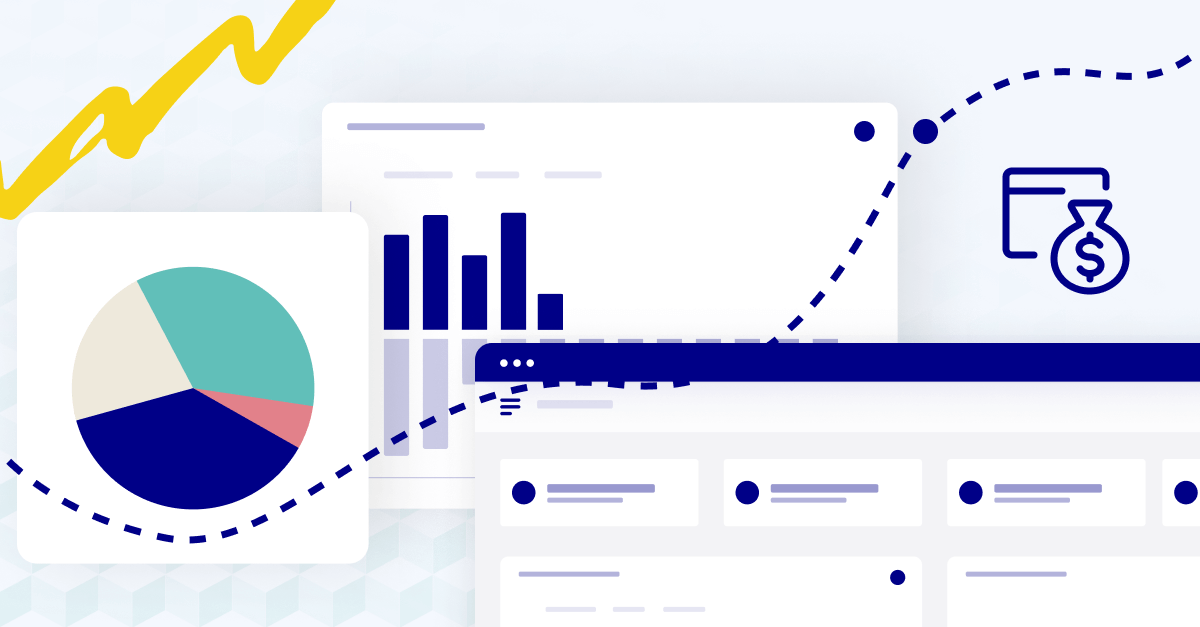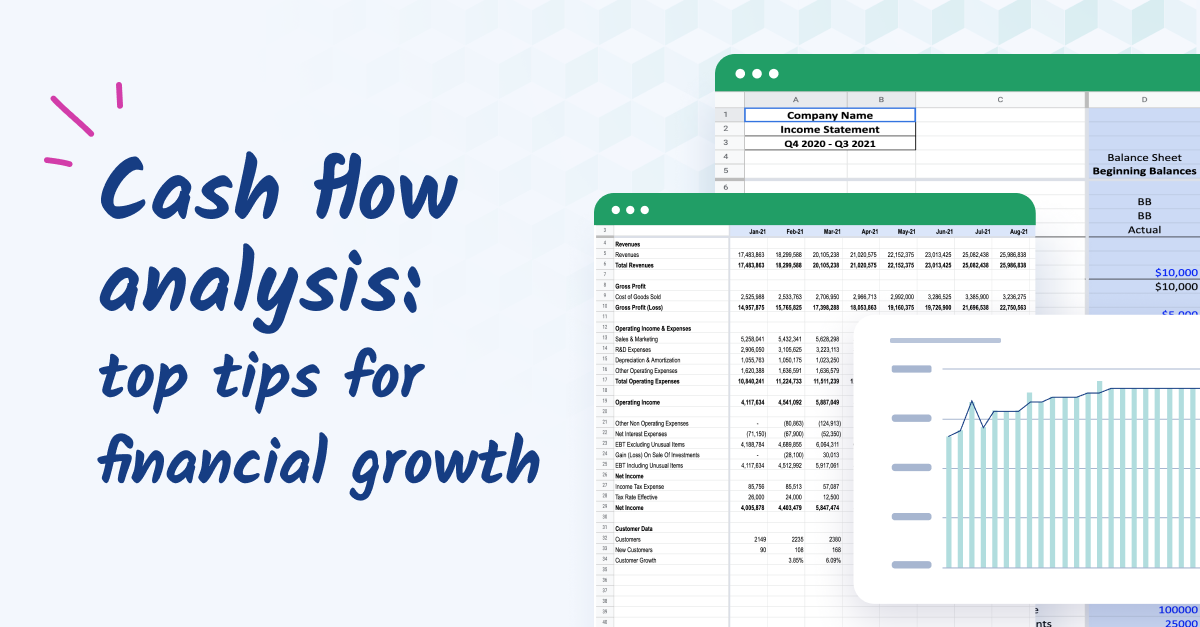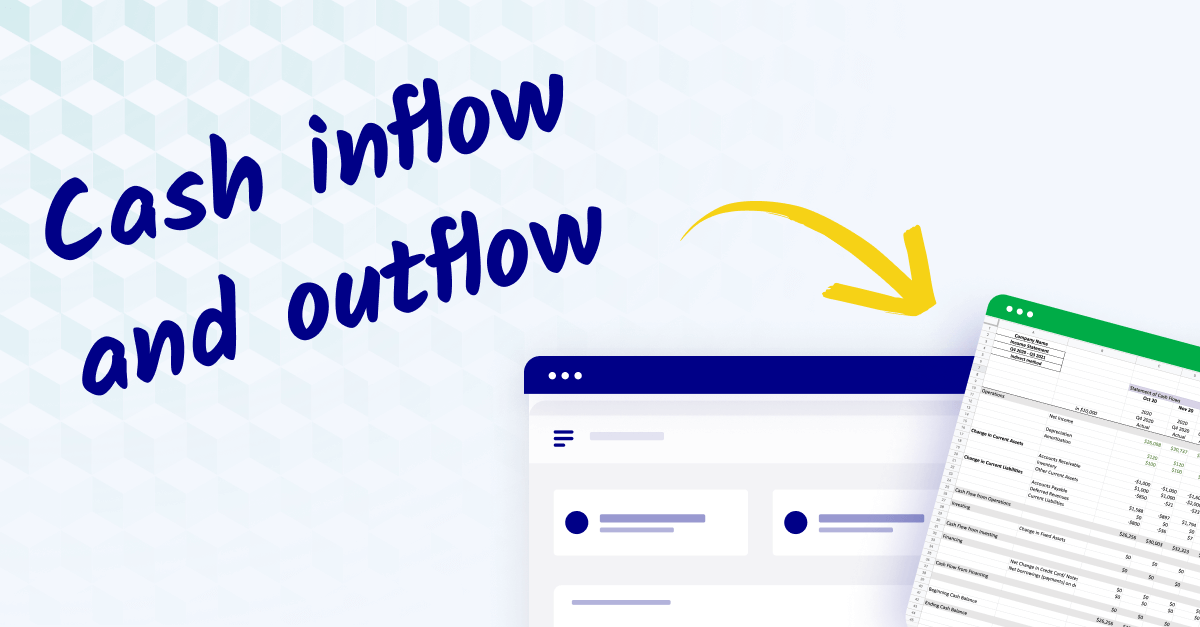What is a cash budget?
A cash budget is an important tool for tracking cash inflows and outflows to manage a company's cash flow.
It estimates cash needs for a specified budget period in the future, anywhere from weeks to months or quarters.
The budget allows you to estimate your expected cash balances at the end of your budget period.
This lets companies better manage their cash and avoid shortfalls throughout the fiscal year.
The cash budget is usually the result of a cash forecasting exercise.
Why is the cash budget important?
The cash budget is important because tracking a company's cash flow is essential for its future.
One example is financial reporting with regard to funding or mergers & acquisitions.
Investors or potential buyers will use liquidity ratios like the operating cash ratio to determine how stable an investment the company is.
The great thing about the cash budget is that it helps you plan to position yourself well.
Another example? Managing your cash runway. If you know that summer tends to be slow, you can adjust your cash budget so that your runway depletion rate is consistent with the amount of cash coming in.
Types of cash budgeting
Companies use cash budgeting for different purposes.
In some cases, the finance department wants a snapshot of the company’s cash position to help make decisions about planning within the week, month, or quarter.
Longer-term planning, like a half-year or annual plan, helps the company plan larger initiatives and outline more complex financial goals.
Short-term cash budget
A short-term cash budget is a great tool when you need an overview of the company's financial situation over the next weeks or months.
When making a short-term cash budget, FP&A considers near-future expenses like bills, payroll, payments to suppliers, investments, and other operating or capital expenses.
By predicting the income and expenses over a period of time, the company can determine how much money it'll have on hand. This helps them plan accordingly.
Short-term budgets are also helpful in creating projections for investors or banks when requesting loans.
Long-term cash budget
The long-term cash budget projects income and expenses across multiple quarters or years. It's good to do in conjunction with long-range planning.
A typical long-term cash budget will look at moderately predictable items like rent or loan payments every month and one-off expenditures such as repairs or investments.
It's a valuable resource, allowing you to predict future changes in income, debt, or other resources.
Long-term cash budgeting is more complex than a short-term review. Financial planners may use what-if scenario analysis to examine different likely scenarios when preparing a long-term cash budget.
Six steps to build a cash budget
Building a cash budget is relatively simple. The basic formula for estimating your cash budget is:
Beginning cash balance + Cash inflows - Cash outflows = Ending cash balance
With that in mind, here's how to build a cash budget:
1. Create a template
Build a simple spreadsheet to help calculate your cash budget using the steps below.
The template should be simple enough to track cash movement over time, with correct calculations for the future impact of the current cash position.
2. Establish your budget timeline
Create a spreadsheet with columns for the itemized inflows and outflows for each increment in your budget period. For instance, if examining a Q1 cash budget, add columns for January, February, and March.
3. Input your opening cash balance
Document the cash available at the beginning of the reporting period.
4. List your cash inflows and outflows
Be sure to list all sources of money coming into the business, as well as any going out, such as:
- Revenue and credit sales
- Cash sales
- Accounts receivable
- Loan interest payments
- Payroll
- Leasing payments
- Office rent
- Utilities
- General and administrative expenses
- Other cash payments
5. Estimate the cash inflow or outflow
Document each item's estimated inflow or outflow across each increment in your time period.
6. Calculate the budget
Calculate the net sum of the expected cash receipts and outflows through the month using the formula above. If the final result is a positive number, well done!—you have some extra money in the budget after all inflows and outflows are accounted for. If not, read the section below for strategies to resolve the negative cash flow issue.
Check your calculations for accuracy, and conduct any what-if analysis necessary to make future decisions that balance cash usage against short-term liabilities and obligations.

Seven options for overcoming a negative cash budget
You have a cash shortfall if you spend more than you plan to receive.
The first thing to know: it’s not yet time to panic. Double-check your numbers.
If the shortfall isn’t the result of a calculation error, you have several options to resolve it:
1. Improve your accounts receivable turnover ratio
Your cash position suffers if customers aren’t paying on time.
The accounts receivable turnover ratio tells you how many days, on average, you wait to get paid.
Check-in with any outstanding AR accounts to facilitate payment of overdue invoices.
2. Tighten repayment terms
Though this won’t solve the immediate problem of a cash shortfall, tightening your repayment terms gets money in the door faster.
Getting paid on a tighter timeline can avoid or remedy a cash shortfall.
3. Increase your sales revenue
Driving sales activity naturally increases financial performance by bringing more revenue into the organization.
Look for ways to increase the volume and reduce the sales cycle of the sales team to improve cash positioning.
It's worth revisiting pricing, too, although that's usually not a viable short-term fix.
Of course, you must be mindful of cutting your selling expenses, too—think of ways to make sales and marketing more efficient.
4. Consider factoring
A factoring service assumes the liability for a debt in exchange for a small fee (usually 10-15%).
Consider handing off the overdue accounts to a factoring service for difficult invoice collection.
The small profit cut often outweighs the potential for never seeing the return.
5. Cut cash expenses
The fastest way to remedy a shortfall is to keep more money in the business.
A prime way to accomplish this is to halt unneeded or ancillary expenses, such as with a method like zero-based budgeting.
Be sure every expense has a solid rationale.
6. Reduce the cost of sales
Streamlining the production process and reducing the cost of materials (COGS) reduces the overall product price, leaving more revenue intact to bolster the cash position.
Of course, there are other ways to reduce CAC, like experimenting with shorter sales cycles or more efficient marketing methods.
7. Negotiate with vendors
Cash shortfalls happen. Reach out to vendors with whom you have a strong relationship. Explore ways to stretch your cash by negotiating better repayment terms.
The above methods can quickly stabilize your financial situation and ensure you have enough cash to sustain operations until the shortfall is resolved.
Last resort: adjust your headcount
Nobody ever wants to lay off employees.
But when times are tight, sometimes it's a necessary evil if the company is going to survive.
This kind of workforce planning is best done with care, meaning you might want to look into special software to help you.

What impacts the cash budget?
Shifts in the economic landscape can greatly impact cash budgets.
The following scenarios make monitoring and understanding your cash budget important to avoid creating a cash shortfall.
Materials pricing
Changing economic conditions drive up the price of materials used in manufacturing.
Monitoring cash budgets also creates an opportunity to detect and react to changes in the supplier market that drive up pricing.
Overhead
Fixed and variable overhead costs often represent a large portion of the budget.
They’re also common culprits for creating unintended cash shortfalls.
Maintaining tight budgetary controls on overhead spend and incidentals improves cash budgeting and ensures more money stays in the business to help it grow.
Audit your capital expenditures and operating expenses.
Labor and wages
As companies scale, the price of labor increases as the organization adds a larger pool of qualified workers to its ranks.
You can use headcount forecasting to get a good idea of how labor and wages will impact the cash budget in the future.
Sales actuals
A reduction of actual versus estimated sales changes the amount of money flowing into the business.
Sales forecasting is a good practice to ensure you're not caught off-guard.
Financing
Cash inflows from loans effectively stretch the use of cash within the organization.
However, this must be balanced against the longer-term loan repayment and interest prospect.
Applying for a loan should be low on the list of fixes you attempt.
Best practices for using a cash budget
The key to tracking cash outflows is consistency.
Use the following practices when building and monitoring the cash budget for your business:
Compare budget to actuals
Estimations in performance must be accurate to be valuable. Make variance analysis part of your cash reporting practices.
Doing so may reveal opportunities to change your operations for better cash optimization or show cash receipt patterns or expenditure-limiting growth opportunities.
(PS - We have a free budget vs. actuals Excel template you can use.)
Make cash budget reporting routine
Ad hoc reporting highlights critical issues when needed, but long-term, systematic monitoring of the cash budget can surface issues before they reach a critical stage.
Build a regular reporting cadence for cash position, and you'll never be caught by surprise.
Plan for a rainy day
Cash budgets are a tool used to signal upcoming issues in cash position. They provide a snapshot of performance.
But the more proactive solution is creating plans for shortfalls and cash surpluses.
Establish guidelines for dealing with each scenario to balance growth opportunities against the realities of the fluctuating market and internal conditions.
Your cash budget should include your contribution margin.
Use technology to make tracking easier
While smaller companies may be able to perform manual cash budgeting, the added complexity of growth makes it more practical to use technology in your tracking.
Implementing a financial planning and analysis (FP&A) platform can tie together the information from your accounting software and enable fast and automated cash reporting.
This helps finance keep an eye on changes and trends without reinventing the wheel.

Conclusion: Track your cash budgets faster with Cube
These days, sticking to your cash budget requires software.
Using technology to track and monitor expenditures results in more accurate and timely reporting and stronger outcomes.
Cube makes it easy to perform this and every FP&A calculation using an Excel-native platform that unites fast and accurate reporting with the familiarity of spreadsheets.
Want to find out more? Request a demo of Cube today.
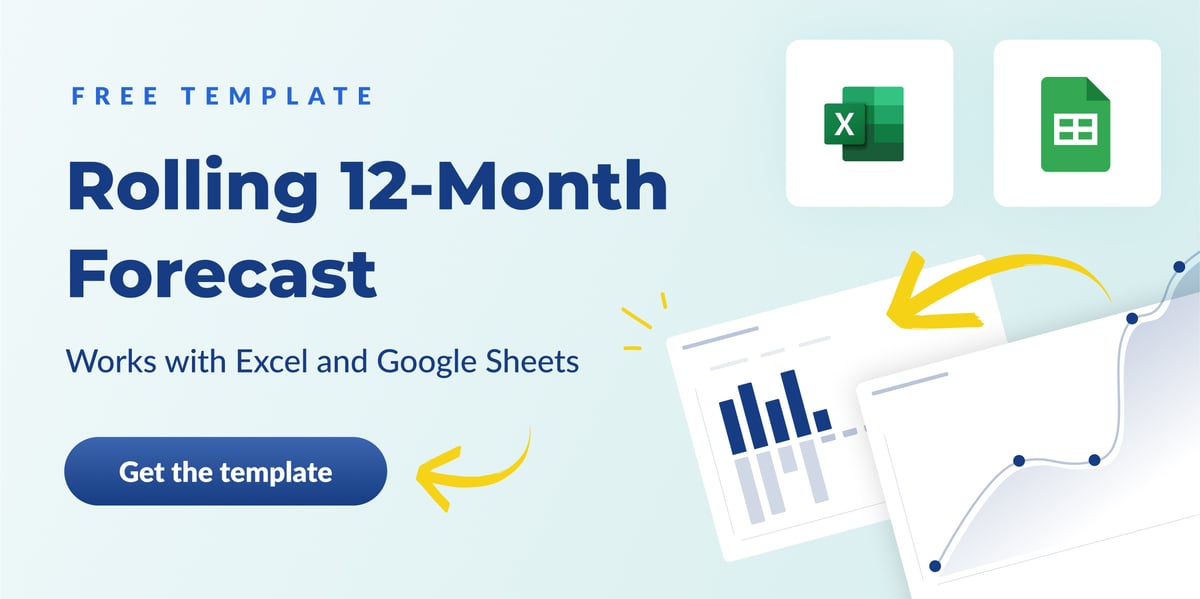


.png)



.png)
